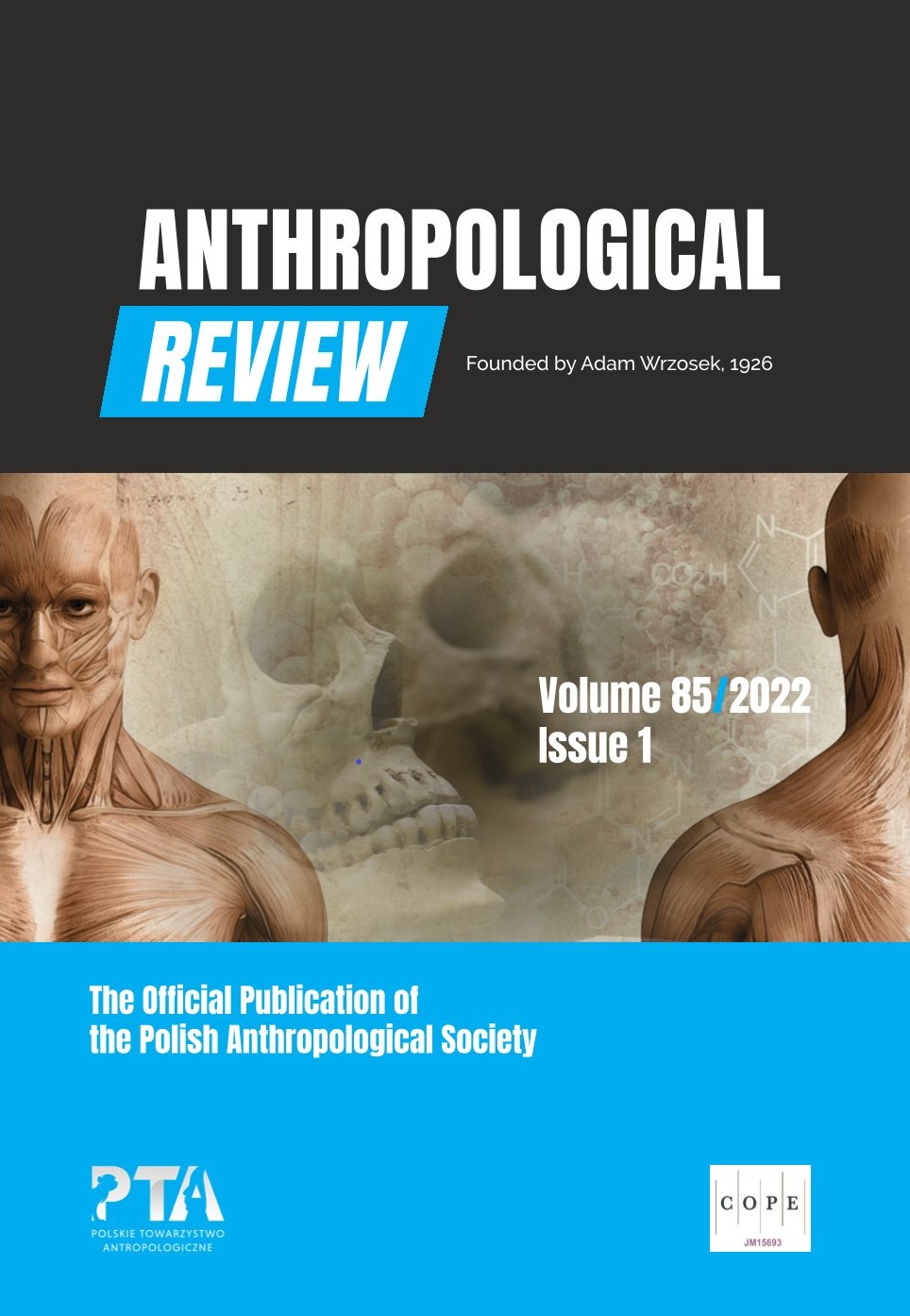The plague’s impact paleodemographic and genetic measures in 15th to 16th century Gdańsk
The plague’s impact paleodemographic and genetic measures in 15th to 16th century Gdańsk
Author(s): Alicja Budnik, Aleksandra PudłoSubject(s): Anthropology, Social Sciences, Demography and human biology
Published by: Wydawnictwo Uniwersytetu Łódzkiego
Keywords: mortality profiles; natural increase; life table; opportunity for natural selection
Summary/Abstract: Yersinia pestis caused plagues and haunted Gdańsk several times during the 15th and 16th centuries. This study focuses on the following demographic effects: 1/ distributions of deceased by age in a plagued city, 2/ parameters of the life tables, 3/ estimation of the natural increase. To assess genetic effects of the plague, measures of the opportunity for natural selection were considered. Skeletal remains of 283 people from the 15th – 16th century ossuary 3009 from the Dominican Monastery in Gdańsk provided research material. Yersinia pestis DNA in this skeletal material has already been found (Morozowa et al. 2017, 2020). Distributions of the deceased by age in the study sample were compared with those for Gdańsk before the plague and with those for the mass burial of plague victims in the 14th century Lübeck. Neither catastrophic mortality was found in the material studied, nor selective nature of the plague with regard to sex and age had been demonstrated. Using the Weiss method, the rate of natural increase r=–0.005 was reconstructed. With the wide dating range of the ossuary and the fact that it contains results of both the epidemic and “normal” mortality, the natural increase value at this level seems justified. There was a deterioration in the values of life tables parameters, especially life expectancy. Newborn life expectancy dropped to 19.5–22.6 years and for a 20-year-old to 17.7 years. The measures of opportunity for natural selection also deteriorated primarily due to child mortality: the biological state index Ibs values were low (within the 0.3–0.4 range) and values of the Im Crow’s index about 1.0. Natural selection also acted on adults as evidenced by values of the gross potential reproduction rate Rpot below 0.7. Demographically the study sample was at the level of the early Middle Ages rather than the Rennaisance.
Journal: Anthropological Review
- Issue Year: 85/2022
- Issue No: 1
- Page Range: 1-29
- Page Count: 30
- Language: English

